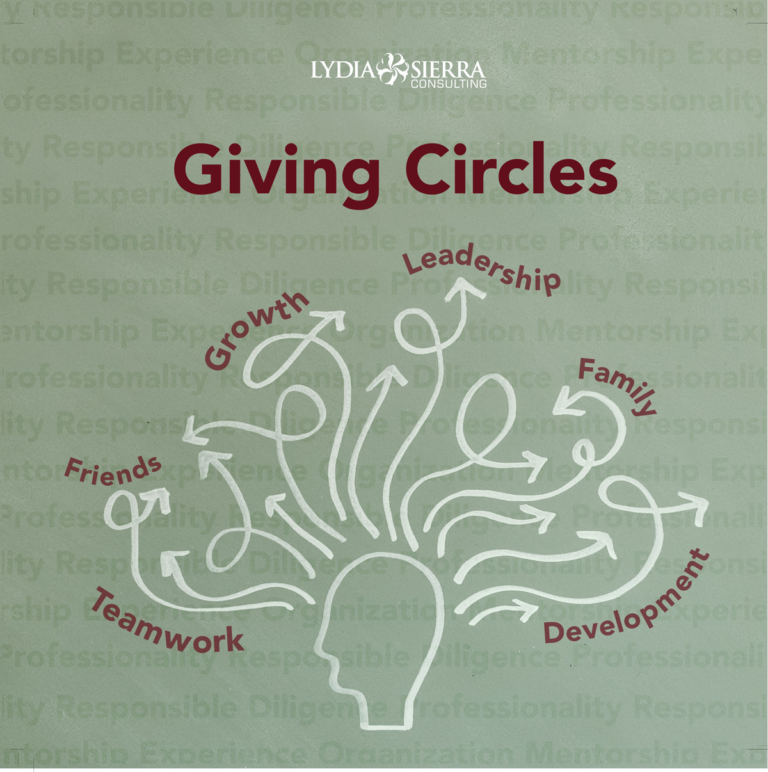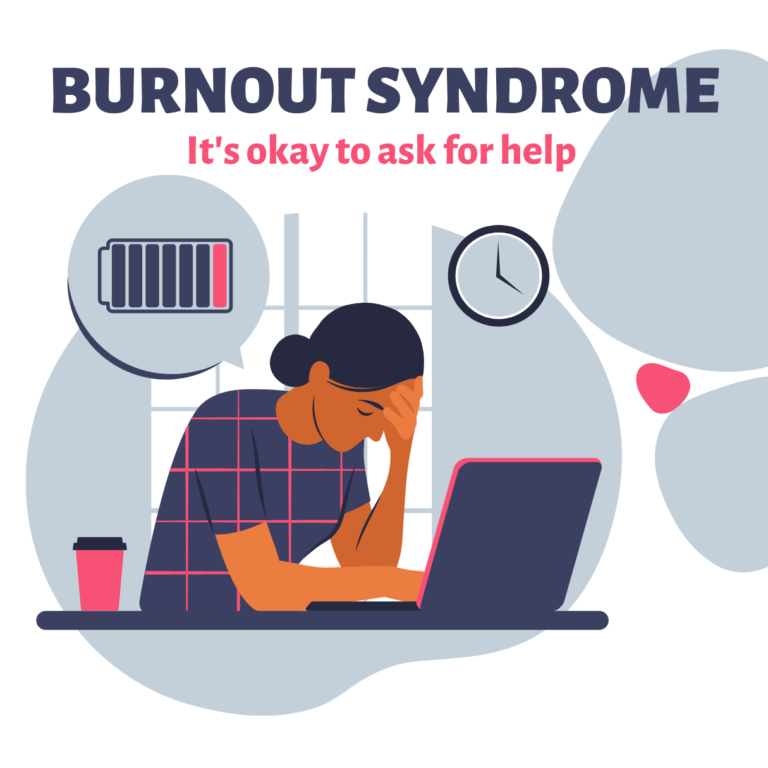The environmental justice movement in the United States emerged in the late 20th century, primarily in response to the disproportionate burden of environmental pollution and degradation faced by marginalized populations, particularly communities of color and low-income communities. Many of these communities began to organize and voice their concerns about the disproportionate siting of hazardous waste facilities, toxic industrial plants, and other environmental hazards in their neighborhoods as well as the associated health problems such as asthma, cancer, and other illnesses linked to environmental pollution.
The term “environmental justice” gained prominence in the 1980s as communities mobilized against toxic waste facilities, industrial pollution, and other harmful environmental externalities disproportionately located in their neighborhoods. One of the watershed moments in the environmental justice movement occurred in 1982 when residents of Warren County, North Carolina, protested against the siting of a PCB landfill in their predominantly African American community. Despite widespread opposition and protests, the landfill was still built, sparking national attention and galvanizing the environmental justice movement.
In 1987, the United Church of Christ’s Commission for Racial Justice published a landmark report titled “Toxic Wastes and Race in the United States,” which provided compelling evidence of the racial disparities in the siting of hazardous waste facilities. The report found that race was the most significant factor in predicting the location of these facilities. Historical patterns of segregation, discriminatory housing policies, and economic marginalization all contribute to communities of color disproportionately bearing the burden of environmental injustice.
Later, in 1991, activists and leaders from diverse racial and ethnic backgrounds came together at the First National People of Color Environmental Leadership Summit to discuss environmental and social justice issues affecting their communities. The summit resulted in drafting the “Principles of Environmental Justice,” which outlined the core principles and demands of the environmental justice movement. Since then, the environmental justice movement has made significant strides in raising awareness, mobilizing communities, and advocating for policy reforms that demand the fair treatment and meaningful involvement of all people, regardless of race, ethnicity, income, or nationality, in the development, implementation, and enforcement of environmental laws, regulations, and policies.
Over this same period, the environmental justice movement has continued to evolve and expand, addressing new challenges such as climate change, gentrification, and the disproportionate impacts of environmental disasters on vulnerable communities. The movement’s embrace of intersectionality and systems-thinking highlighted the interconnectedness of social, economic, and environmental factors shaping vulnerability to climate change impacts. Climate change reflects and increases social inequality in myriad ways, including who suffers most as a result of its consequences, who caused the problem (and benefitted from it), who is expected to act, and who has the resources and capacity to do so. Those on the receiving end of these power asymmetries tend to live in areas vulnerable to extreme weather events, such as floods, hurricanes, and heatwaves, and are less likely to have access to resources to mitigate these impacts or recover from disasters.
Environmental justice advocates recognized that climate change exacerbates these existing inequalities and injustices, intersecting with issues such as racial discrimination, economic inequality, housing insecurity, and access to healthcare and education. One such advocate is WE STAY/Nos Quedamos of New York City. Founded in 1992, NQ is a community-led grassroots organization comprised of business leaders, tenants, activists, and regional stakeholders committed to actualizing the principles of the environmental justice movement. Nos Quedamos, also known as “the heart of the South Bronx,” demonstrates a holistic approach to environmental justice that integrates affordable housing, community development, sustainability, and advocacy to create healthier, more resilient, and equitable communities in the South Bronx.
Historically, conditions in South Bronx neighborhoods deteriorated due to disinvestment and redlining, leading to heightened racial and ethnic segregation and the devaluation of properties in those areas. In recent years, a surge in real estate investment has left residents apprehensive about the potential economic and environmental justice challenges that may accompany the influx in development dollars. Environmental improvements and revitalization efforts in low-income neighborhoods can lead to gentrification and displacement, driving up housing costs and displacing long-term residents, including those in affordable housing. This can worsen housing affordability challenges and contribute to the loss of community cohesion and social capital, the latter recognized as a crucial element in building resilience and adapting to climate change.
WE STAY/Nos Quedamos have focused their efforts on a number of high impact development projects within Melrose Commons including the development of affordable green housing and commercial spaces. NQ also developed an award-winning community led and oriented development strategy in Melrose Commons. In 2012, Melrose Commons was awarded the Leadership in Energy and Environmental Design (LEED) certification. In recent years, Nos Quedamos has been working tirelessly to establish the South Bronx Land and Community Resource Trust (SBxLCRT) and has conducted a feasibility study and an action plan for its implementation. People-led landownership is at the heart of NQ’s long-term mission of fostering community resiliency. Efforts such as these to integrate environmental justice principles into community development and urban planning help to address housing affordability and environmental justice concerns simultaneously. Promoting mixed-income development, green infrastructure, and equitable land use policies that prioritize the needs and interests of marginalized communities, are central to building sustainable, resilient communities.
Climate change offers an opportunity to reorder, reorient, and rebuild the future. It is also a threat multiplier that has the potential to deepen existing structural and institutional manifestations of inequality and environmental injustice. WE STAY/Nos Quedamos and similar community-based organizations dedicated to the principles of environmental justice play a pivotal role in guiding their communities from vulnerability to vitality.
– This blog was written by Michael Cole, LSC Prospect Researcher & Writer







